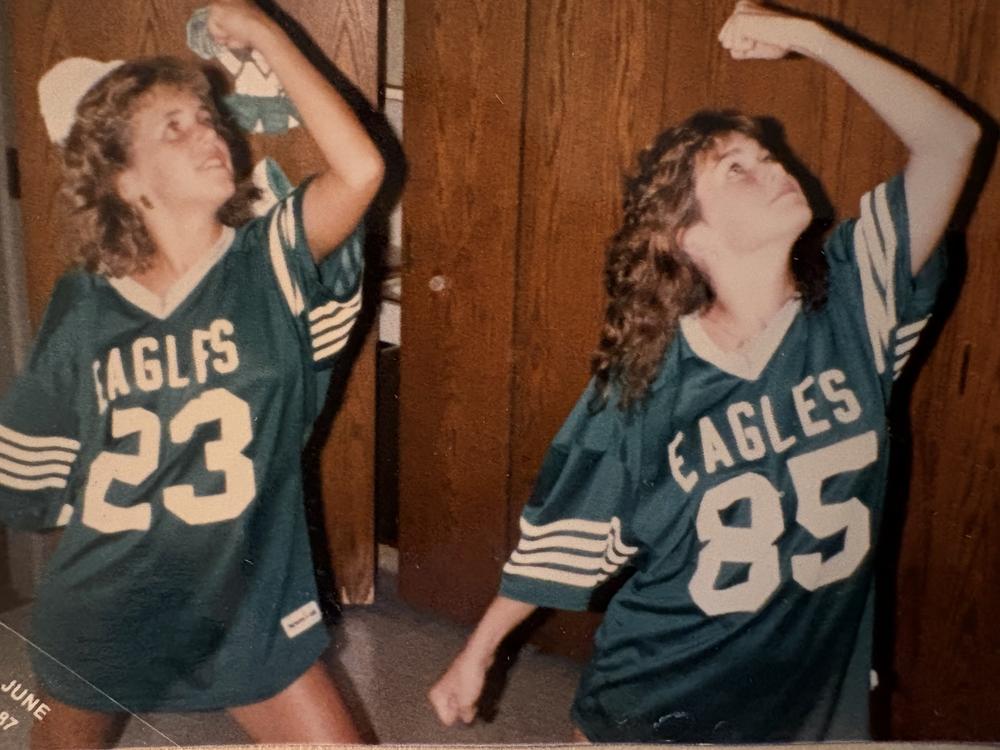Don't say UGC? Try Found Content.
Found content is user generated content, only better.
UGC, of course, stands for User Generated Content. And ever since it was first coined back in the early days of web 2.0, it has become a terrible slander.
To start, many in the industry tend to associate UGC with low fidelity, low quality content. Think home videos. The reality is that a lot of the content that consumers post online today is of high quality. In fact, many people who post content online, and who are household consumers, are artists. They use social platforms to post their content because that’s where their audience is. Remember, brands use social media too. And if that's where customers spend a majority of time, why not post content made by fellow users? Hmmm.
The other challenge when it comes to using the term "UGC" is simply that it brings to mind the old. Like when your Uncle Walter refers to his tv remote as "the clicker". Creatives tend not to even consider UGC when concepting because the term itself is from a time when all you could really make on your cellphone were pixelated and blurry pictures. Today, the computer in your pocket is almost as powerful as high-end cameras were back then. You could literally shoot, edit, and score an HD movie on your phone.
I guess what I'm getting at is this. I'm not a huge fan of the term "UGC" either. I mean, why call them users when what they really are is creators, filmmakers, drone enthusiasts, stormchasers, fractal artists, film archivalists, [your brand name here] superfans or, in the case below, Filmmakers and Cellists in Ukraine.

So I guess let's not say UGC. Instead, let's try Found Content.
Found Content is any type of content — videos, photos, reviews, music, illustrations — created or curated by a specific human being (or a group!) and published to the internet. Found Content has become increasingly popular in recent years because there’s more of it than ever. And, it turns out, Found Content helps brands connect with their customers and create a more authentic and engaging experience.
Here’s a primer on the benefits of Found Content.
Increased Reach and Engagement
One of the main benefits of Found Content is that it can help brands to reach a wider audience and increase engagement. Because Found Content is often shared by the people who create it, which amplifies the reach of the content and exposes the brand to new audiences. And, since Found Content is typically more personal and relatable than traditional marketing content, it often results in higher levels of engagement from viewers.
Improved SEO
Another benefit of Found Content is that it can help to improve a brand's Search Engine Optimization. This is because search engines like Google often give preference to websites that feature Found Content, as this type of content is typically seen as more trustworthy and relevant. In addition, Found Content often contains keywords that can help to improve a brand's search ranking. (We’re okay with SEO as an acronym, by the way.)
More Authentic Relationships with Customers
Finally, Found Content can help brands build more authentic relationships with their customers. And not just in the sharing of it. The act of simply looking at Found Content provides insight into how customers use and feel about a brand's products or services. Imagine showing that to your creative team, rather than a brief full of corporate wishes. Found Content can be an invaluable tool for understanding customer needs and desires. And that is a recipe for increasing trust among your audience.
Related Resources
%20(397%20x%20264%20px)%20(3).png)
The New Operating Model for Creative Teams
Catch+Release COO Bryan shares how Content Genie introduces a faster, clearer, and more scalable way for creative teams to move from brief to story. This pre launch perspective explains why the future of content production depends on a new workflow built for modern creative speed.

Five Super Bowl Ideas That Could Win With Found Content (And Won't Cost $8 Million)
Found Content is no longer a backup plan. It’s a bold, culture-driven strategy for Super Bowl spots that want to win hearts, spark conversation, and save serious production dollars. Explore five creative plays brands can use to bring authenticity and impact to the biggest stage in advertising.




.png)